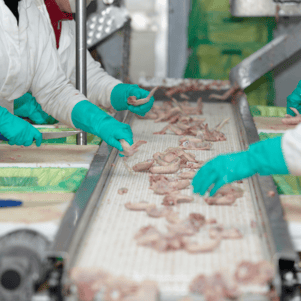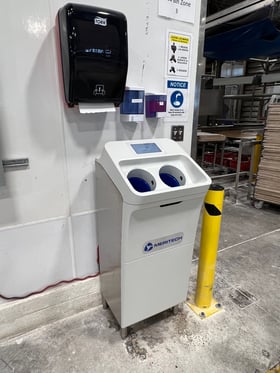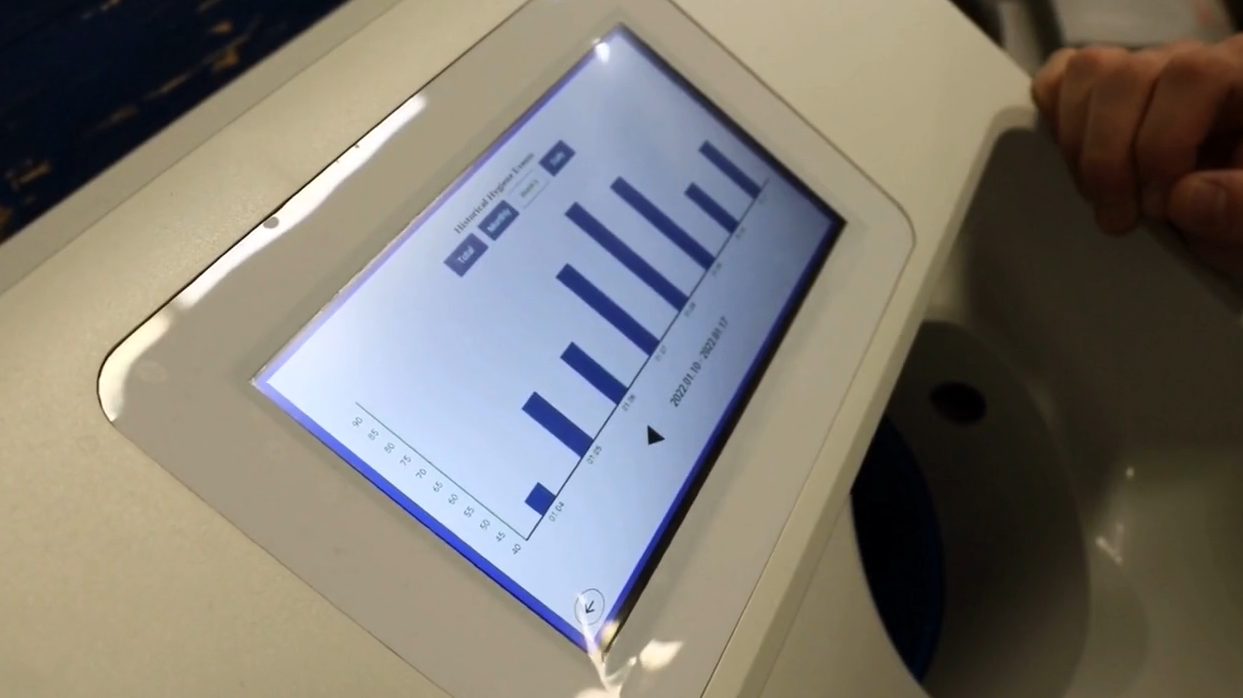Creating a Culture of Hand Hygiene Compliance for Food Safety
Food safety culture encompasses all aspects of the food industry and is aimed at ensuring that food is safe for consumption. A strong food safety culture involves a proactive approach to identifying and mitigating risks, fostering open communication, and promoting continuous learning and improvement. A major component of food safety culture is the culture of hand hygiene compliance.
Understanding the Role of Culture in Hand Hygiene Compliance
 The importance of hand hygiene in the food industry cannot be overstated. Pathogens can easily spread through contaminated hands, leading to foodborne illness outbreaks and significant damage to a business's reputation. Simply having hand hygiene protocols in place is not enough; a culture of hand hygiene compliance must be fostered and maintained. This involves ongoing education and training, regular monitoring and feedback, and creating a positive and supportive environment where employees feel empowered to speak up and act when they see others not following proper hand hygiene practices.
The importance of hand hygiene in the food industry cannot be overstated. Pathogens can easily spread through contaminated hands, leading to foodborne illness outbreaks and significant damage to a business's reputation. Simply having hand hygiene protocols in place is not enough; a culture of hand hygiene compliance must be fostered and maintained. This involves ongoing education and training, regular monitoring and feedback, and creating a positive and supportive environment where employees feel empowered to speak up and act when they see others not following proper hand hygiene practices.
Learn How to Use Automation to Build Sustainable Food Safety Culture SOP
Leadership’s Role in Cultivating a Culture of Hand Hygiene Compliance
 Effective leadership is crucial in creating and nurturing a culture of hand hygiene compliance within any organization. Leaders must not only communicate the importance of good hand hygiene practices but also lead by example. By consistently modeling good hand hygiene practices, leaders set the tone for the entire organization. They should also provide regular training and education on best practices and new developments in hand hygiene. This training should be ongoing and should be tailored to the specific needs of each department within the organization.
Effective leadership is crucial in creating and nurturing a culture of hand hygiene compliance within any organization. Leaders must not only communicate the importance of good hand hygiene practices but also lead by example. By consistently modeling good hand hygiene practices, leaders set the tone for the entire organization. They should also provide regular training and education on best practices and new developments in hand hygiene. This training should be ongoing and should be tailored to the specific needs of each department within the organization.
In addition to training and education, leaders must establish policies and procedures that support hand hygiene compliance. These policies should be clear, concise, and easy to understand. They should also be regularly reviewed and updated to reflect changes in regulations or best practices. Leaders should also hold team members accountable for adhering to these policies and procedures. This can be accomplished through regular monitoring and feedback, as well as recognition and rewards for those who consistently follow proper hand hygiene practices.
Reinforce Hygiene Practices with a Food Safety Culture Checklist
Building Supportive Infrastructure for Hand Hygiene Compliance
 Investing in a supportive infrastructure for hand hygiene compliance is not only crucial for promoting a culture of safety but also for maintaining the health and well-being of staff, visitors, and the wider community. By providing employees with advanced automated hygiene technology like CleanTech®️ Automated Handwashing Stations, businesses can demonstrate that they prioritize the safety of their products and the people who handle them. CleanTech®️ is a state-of-the-art hand hygiene technology that's more effective than traditional sinks and provides a more pleasant hand-washing experience for employees.
Investing in a supportive infrastructure for hand hygiene compliance is not only crucial for promoting a culture of safety but also for maintaining the health and well-being of staff, visitors, and the wider community. By providing employees with advanced automated hygiene technology like CleanTech®️ Automated Handwashing Stations, businesses can demonstrate that they prioritize the safety of their products and the people who handle them. CleanTech®️ is a state-of-the-art hand hygiene technology that's more effective than traditional sinks and provides a more pleasant hand-washing experience for employees.
Moreover, a comprehensive infrastructure for hand hygiene compliance helps businesses meet regulatory requirements and reduce the risk of costly foodborne illness outbreaks. Automated hand hygiene technology like CleanTech®️ can track and record hand hygiene events, providing facilities with data that can be used to identify areas for improvement and monitor compliance. This data-driven approach can help businesses create a culture of accountability and continuous improvement, further strengthening their food safety culture.

In conclusion, investing in a supportive infrastructure for hand hygiene compliance is an essential component of any food safety program. By providing employees with advanced automated hygiene technology like CleanTech®️, businesses can demonstrate their commitment to safety, while also protecting the health and well-being of their staff, visitors, and the wider community.






